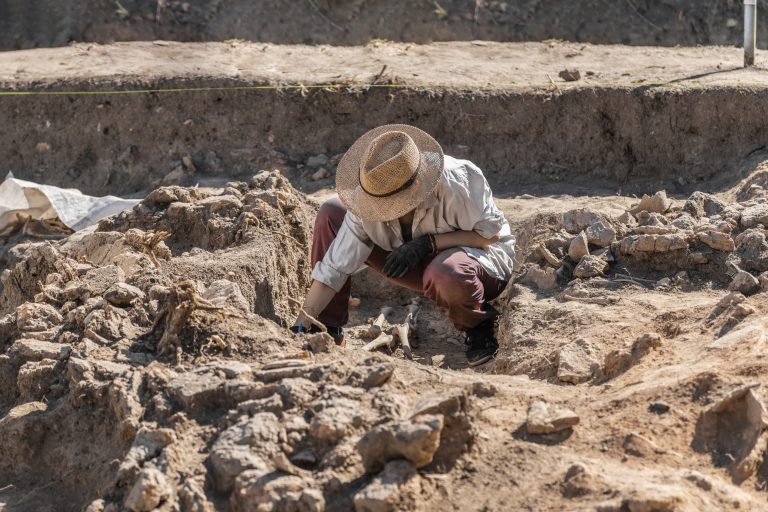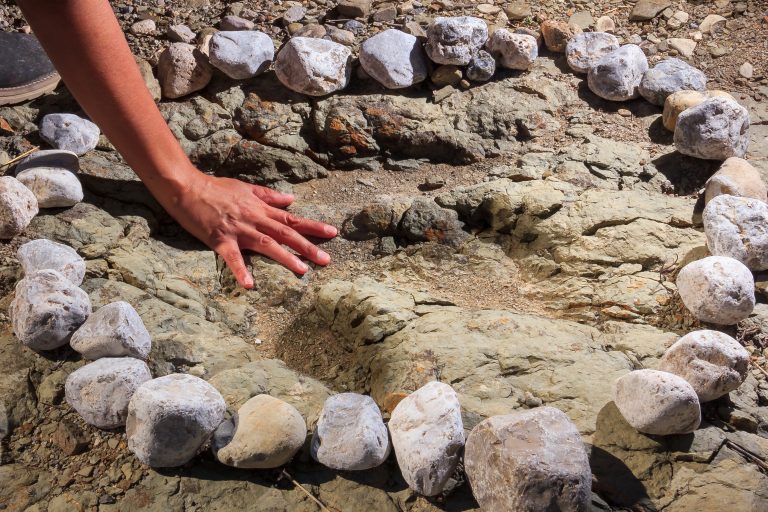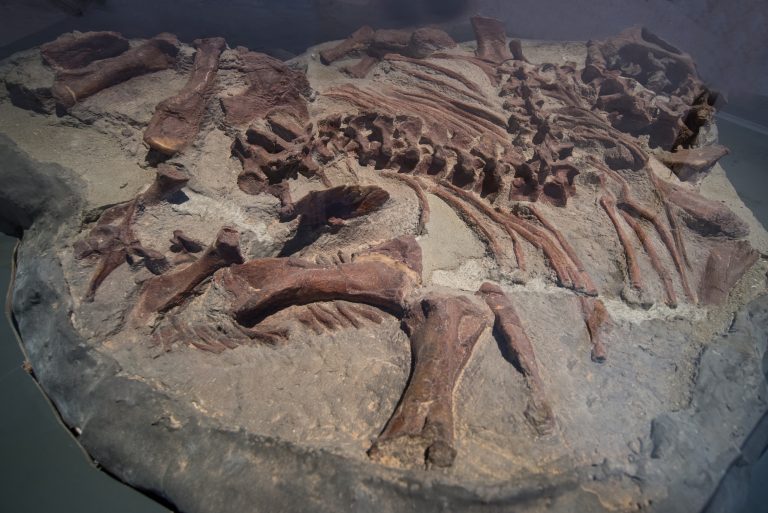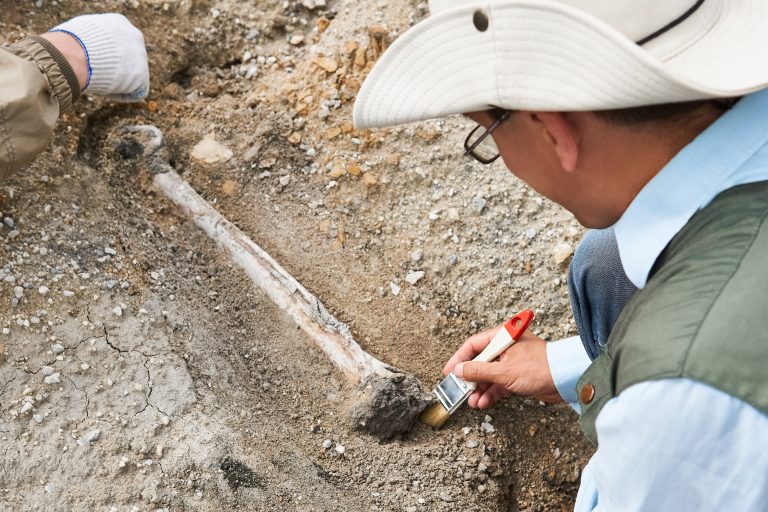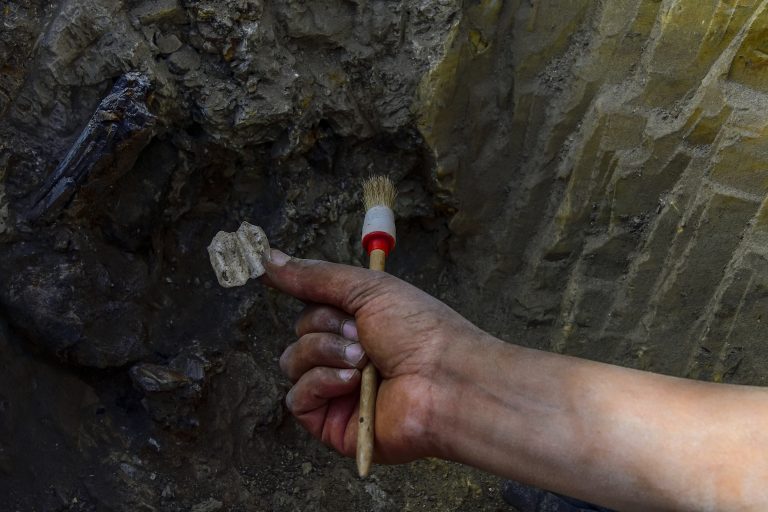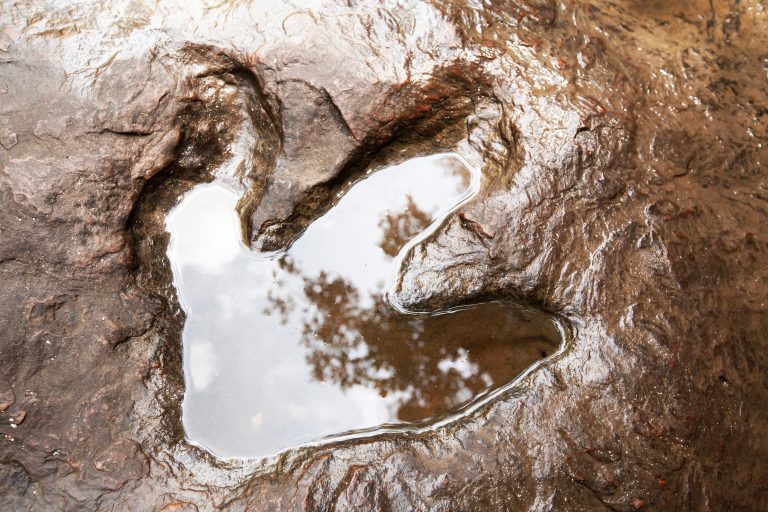9 Key Tips for Successful Fossil Hunting

Embarking on a journey to unearth the past is both thrilling and demanding. As an avid fossil hunter with dirt under my nails to prove it, I’m eager to share tips that’ll make your next fossil-hunting adventure a roaring success.
Before diving into the world of paleontology, grasp the basics: Fossils are ancient life remains preserved in sedimentary rock. Understanding geological time scales and fossil-bearing rock types is key (usually sedimentary, not igneous or metamorphic).
Research common local fossils to know what to seek. Differentiate between rocks and fossils—every rock isn’t a fossil.
1. Choose the Right Location

The perfect spot can make or break your fossil hunting experience. Areas with exposed sedimentary rock, like cliffs, quarries, or riverbeds, are your best bet. I’ve had great success along coastal regions where erosion constantly reveals new treasures.
Hey hey! Don’t forget to subscribe to get our best content 🙂
Always check for local guides or maps that highlight fossil-rich areas. Consider this: sometimes the road less traveled (or dug) offers the most pristine finds. But keep in mind that accessibility matters too; there’s no point in finding a perfect site if you can’t get to it safely.
2. Best Time to Go Fossil Hunting
Timing is everything. The best time to go fossil hunting is after heavy rain, as water can wash away soil and expose hidden fossils. Early spring or after seasonal storms are ideal times.
But it’s not just about the season; consider the time of day. Early morning or late afternoon light can create shadows that help define the contours of fossils, making them easier to spot. I’ve often found that the golden hours of sunlight can turn a regular hunt into an extraordinary one.
3. Essential Tools for the Trip

You wouldn’t go to a butter knife fight with a loaf of bread, would you? So, don’t go fossil hunting without the right tools. A sturdy hammer, chisel, and brushes are your bread and butter. For delicate extractions, dental tools or small picks can work wonders.
And let’s not forget about safety gear: gloves and goggles are a must. A magnifying glass or hand lens can help you spot details that the naked eye might miss. And of course, pack a notebook to jot down the context of your finds (location, rock type, etc.).
4. Identifying Different Fossils
Fossils come in all shapes and sizes, from tiny plant spores to giant dinosaur bones. Being able to identify what you find is a big part of the fun. Start by learning the basics: the difference between body fossils (actual parts of the organism) and trace fossils (evidence of the organism’s activity, like footprints or burrows).
Familiarize yourself with the common fossils found in your chosen location. There’s nothing quite like the “aha!” moment when you recognize the imprint of a fern or the ridges of a trilobite’s exoskeleton.
5. Fossil Hunting Etiquette

Fossil hunting comes with an unwritten code of conduct. First, always obtain permission if you’re on private land. Remember, you’re a guest in these ancient halls of history. Take only what you need and leave the site as undisturbed as possible.
If you find something scientifically significant (think T. rex tooth), it’s best to notify a museum or university. They’ll be as thrilled as a paleontologist at a bone buffet. Share your findings with the community, but don’t be that person who hoards their knowledge like a dragon with gold.
6. Safety Measures to Consider
Safety should never be an afterthought when fossil hunting. Always let someone know where you’re going and when you plan to return. Wear appropriate clothing for the terrain and weather, and bring a first-aid kit.
Watch out for potential hazards like unstable cliffs or tides if you’re on the coast. And stay hydrated—there’s nothing like a dehydration headache to dull the excitement of a discovery. Trust me, I’ve learned the hard way that water is as essential as your hammer.
7. Legal Aspects of Fossil Collecting

Before you pocket that prehistoric prize, make sure you’re not breaking any laws. Fossil collecting can be restricted or prohibited on protected lands, national parks, or scientific reserves.
Some places allow casual collecting for personal use, while others require a permit. It’s your responsibility to know the rules—ignorance isn’t a defense. And remember, fossils on public lands are part of our shared heritage; they’re not just souvenirs.
8. Cleaning and Preserving Finds
Once you’ve brought your fossils home, it’s time for a spa day—fossil style. Gently clean your finds with soft brushes and mild soap. Some fossils may require consolidation with a stabilizing agent to prevent crumbling.
It’s a delicate balance between cleaning enough to reveal the fossil and preserving its integrity. And if you’re unsure, seek advice from a professional. There’s no undo button if you damage a specimen.
9. Joining Fossil Hunting Communities
Fossil hunting can be a solitary activity, but it doesn’t have to be. Joining a community can enhance your experience. Clubs and online forums are great for sharing findings, getting identification help, and learning new techniques.
Plus, there’s something special about being around folks who get just as excited about ancient shark teeth as you do. And who knows, you might just find your next fossil-hunting buddy.
Fossil hunting is a gateway to the past, a tangible connection to the Earth’s ancient history. With these tips in hand, you’re well on your way to becoming a seasoned fossil hunter, ready to unearth the secrets of the ages.

